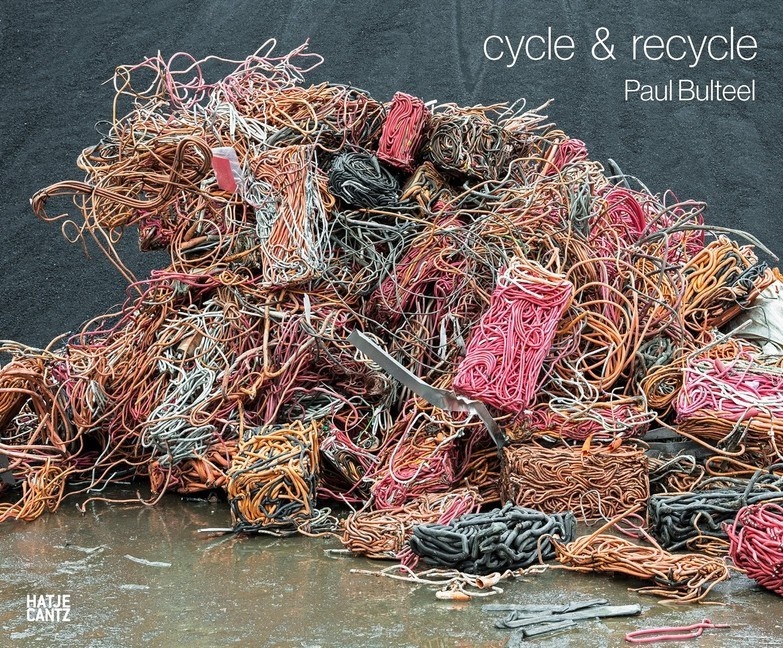Read more
It is a part of life like the air we breathe. It is produced everywhere things are consumed: waste. When badly managed, it destroys habitats on land, in rivers and oceans, and causes major health issues. Avoidance of excess and the practice of recycling are therefore crucial.
But what does recycling actually mean in this context? Although the terms are familiar, hardly anyone can form a mental picture of recycling activities. Belgian photographer Paul Bulteel took on this task, fascinated by the discarding and recycling of consumer and industry goods through processes that constantly lend them new forms. He visited more than fifty recycling facilities in Europe creating striking images of the processes undergone by countless tons of materials, from paper, metal, glass or plastic products, to complex appliances and machines and all kinds of other manufacturing, construction or consumer leftovers. While visually fascinating, they also give us food for thought.
Summary
Waste: like the air we breathe, it is part of life. When badly managed, it destroys habitats on land, pollutes the air, and befouls our rivers and oceans. For human populations this translates into major health issues. Avoiding excess consumption and recycling waste are therefore crucial. But what does recycling really mean? Although the term is familiar, hardly anyone can form a mental picture of what recycling actually entails. Belgian photographer Paul Bulteel takes on this task in a series of striking and highly illuminating photographs of what happens when our discarded paper, metal, glass, plastic, appliances, clothing and countless other industrial byproducts and leftovers are broken down and transformed into new materials. Visually fascinating and well documented, these images give us food for thought.

